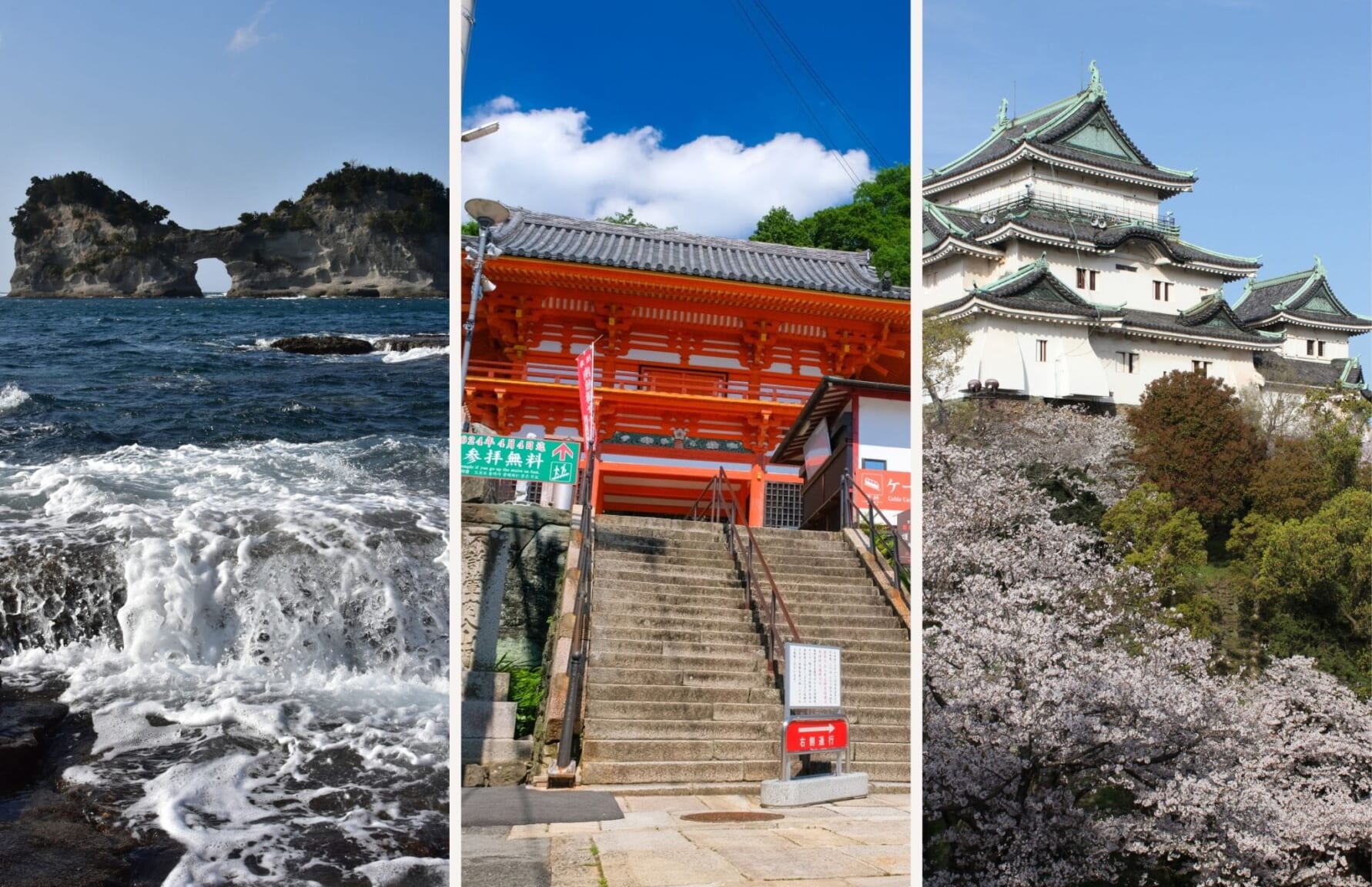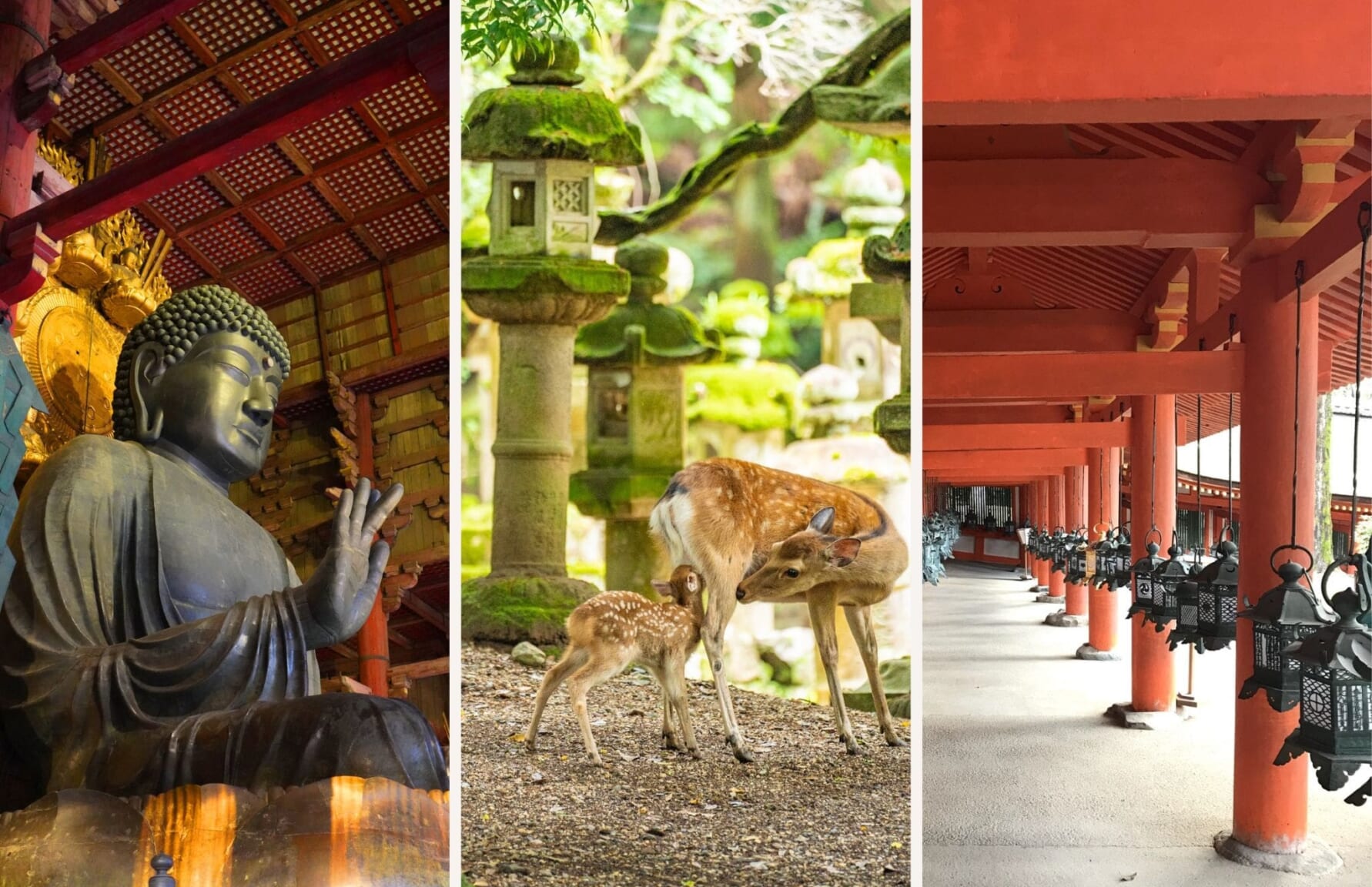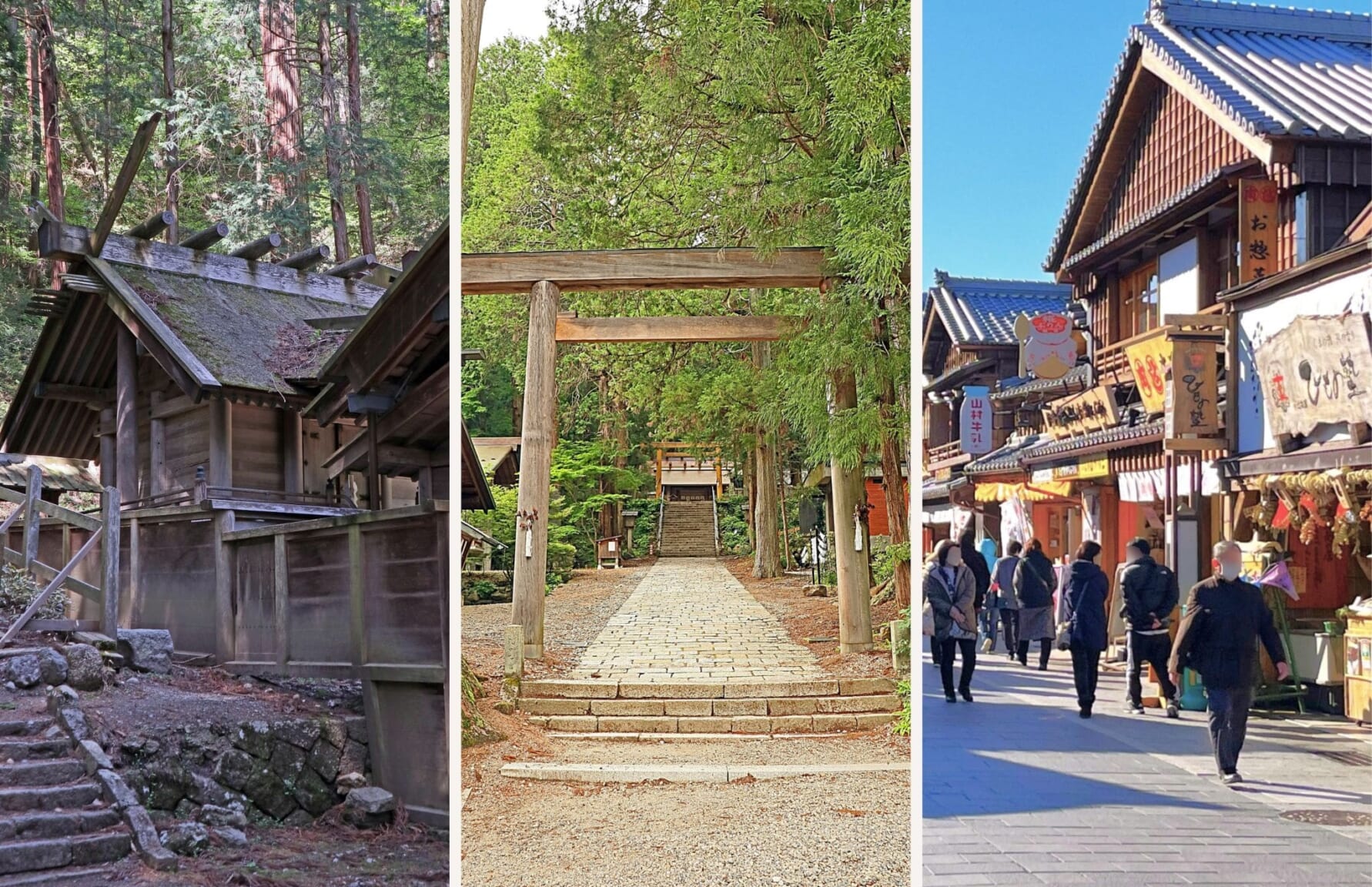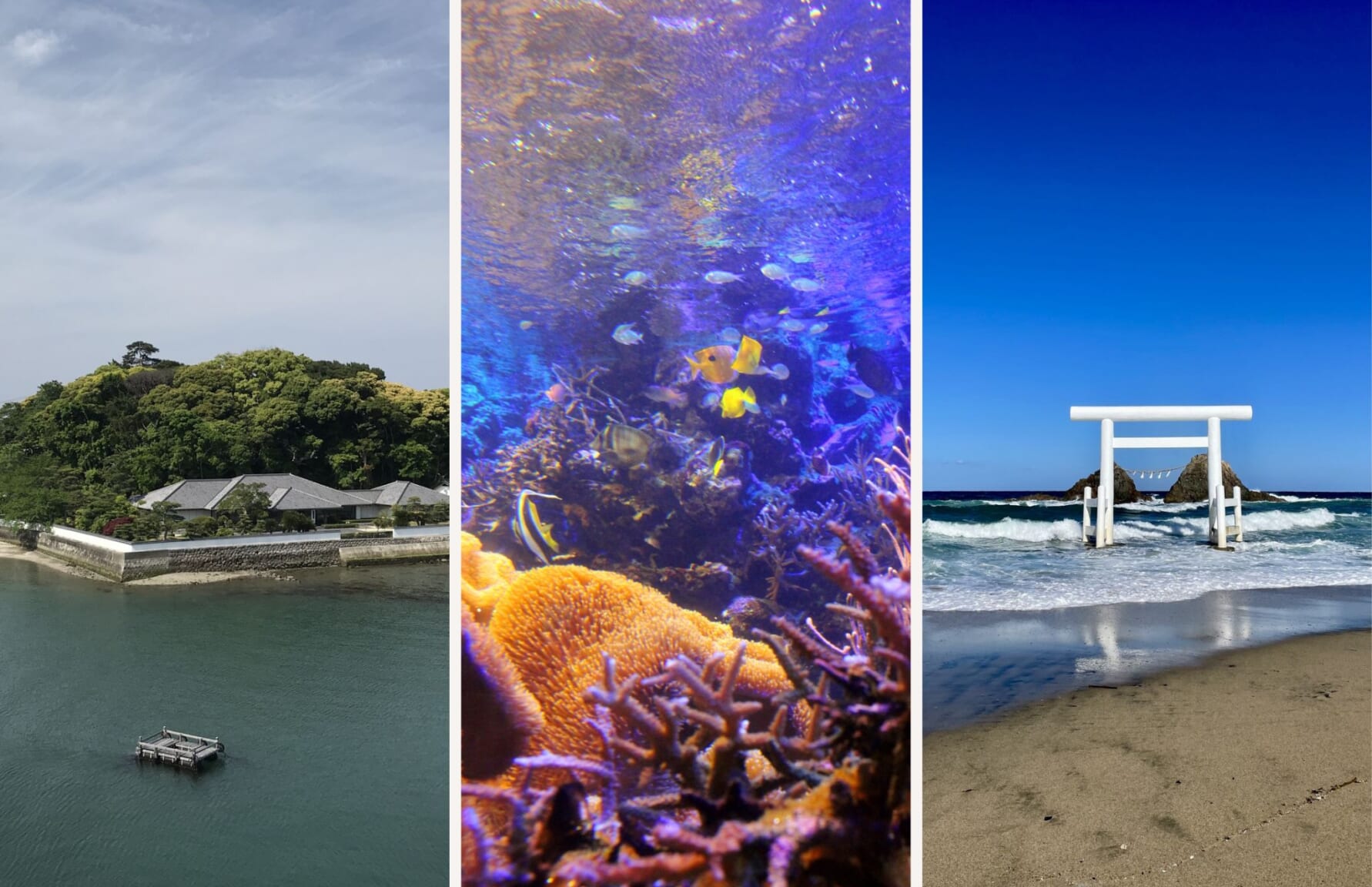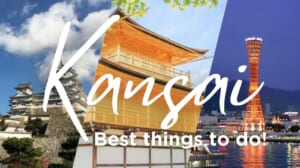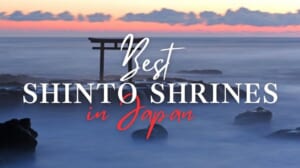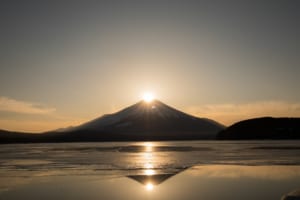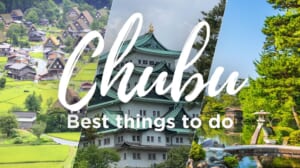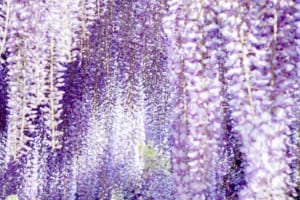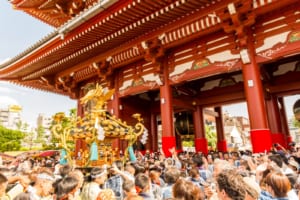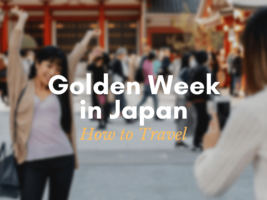5 Days Itinerary in Wakayama, Nara and Mie
Must-see spots in 5 days in Wakayama, Nara, and Mie
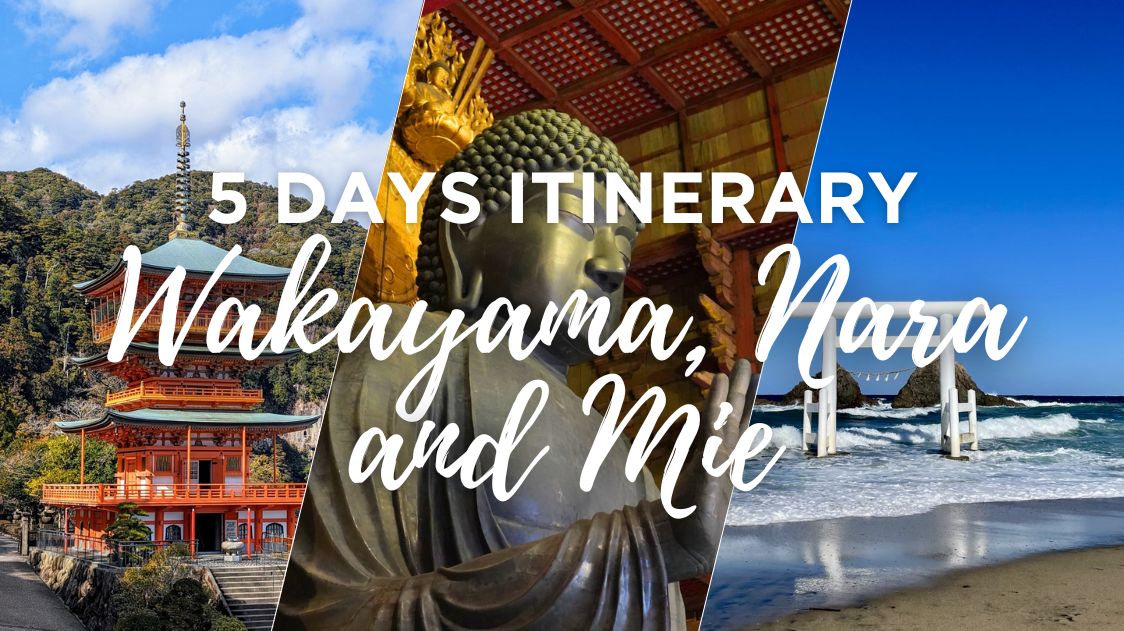
You’ve probably heard about the Kumano Kodo, Todaiji’s Great Buddha or the legendary Ise Jingu Shrine, haven’t you? Located in the prefectures of Wakayama, Nara and Mie, respectively, each attraction alone is justification enough for a trip to Japan! But there’s much more to see and do in the Kii Peninsula, Honshu’s largest and a treasure trove of hidden gems.
The best part? Even with record numbers of visitors from abroad in Japan, for the most part this region remains a secret haven so this is the perfect opportunity to discover some of its most prominent highlights without the crowds. This 5-day itinerary is packed with all the must-see spots that you shouldn’t miss!
*Please note that this article contains affiliate links.
▶ Buy your Nagoya Ise-Kumano-Wakayama Area Pass here!
▶ Buy your bullet train tickets here!
Day 1: Spiritual Treasures in Wakayama
The beginning of this itinerary assumes that you are already in Kii-Katsuura for the start of the first day. That’s because at Kii-Katsuura Station there is a very convenient bus tour that departs at 8:30 AM and allows you to visit in one day all three Grand Shrines of Kumano: Kumano Hongu Taisha (熊野本宮大社), Kumano Hayatama Taisha (熊野速玉大社), and Kumano Nachi Taisha (熊野那智大社) including the spectacular Nachi Falls.
These shrines, known collectively as Kumano Sanzan, are an absolute must-see in Wakayama as part of the sacred Kumano Kodo pilgrimage routes, an experience deeply linked with nature and Japanese spirituality. The tour is designed to give you a comprehensive view of each site, including scenic vistas and cultural insights, with a lunchbox included to keep you fueled throughout the day. After completing the circuit, you’ll return to Kii-Katsuura Station by 3:10 PM.
Check the circuit tour’s official website for more information.
After the tour, relax and unwind at one of the onsen resorts in Katsuura Onsen (勝浦温泉). You can also opt for a day-use onsen if your accommodation does not have its own onsen. This will give you the opportunity to relax in the thermal waters, ideal for soothing any fatigue from the day’s activities. Overnight in Katsuura to enjoy the peaceful evening ambiance of a coastal hot spring town.
Plan to do the actual pilgrimage? Don’t miss our guide: Kumano Kodo Pilgrimage Routes Guide
Day 2: Shirahama and Wakayama City
Start your second day with an early departure from Katsuura to Shirahama. Aim to reach Shirahama Beach (白良浜) by mid-morning to make the most of the peaceful morning hours at one of Japan’s most famous beaches. The white sands and clear waters make it an idyllic spot for a leisurely stroll or a refreshing swim.
After enjoying the beach, take a short bus ride to the shore near Engetsu Island (円月島). This small island off the coast is renowned for its natural arch and although its especially beautiful around sunset, it’s very picturesque throughout the day. The island itself cannot be reached but if your schedule allows it, you can take a glass boat tour to get close to it and admire the colorful sea life of the surroundings.
Plan to leave Shirahama around noon to ensure you have enough travel time to your next destination in Wakayama City! The idea is to arrive at Kimiidera Temple (紀三井寺) by around 3:00 PM. Located on the slopes of Nagusa Mountain, it is the second station of the Saikoku 33 Kannon pilgrimage and is the city’s most important temple.
Conclude your day with a visit to Wakayama Castle (和歌山城), reaching there by approximately 4:30 PM. This gives you about an hour to explore the castle grounds and soak in the history and architecture before it closes at 5:30 PM. The castle, situated atop a hill, provides a panoramic view of the surrounding area and is a nice cultural spot to end the sightseeing for the day.
Local cuisine that you shouldn’t miss: Wakayama ramen.
More ideas around Wakayama City: 2 Days Itinerary in Wakayama City
Check also: 10 Best Things to Do in Wakayama
Day 3: Travel to Nara and Historic Exploration
Take an early morning train to Nara, Japan’s ancient capital. Begin your exploration at Todaiji (東大寺), one of the country’s most important monuments home to the world’s largest bronze Buddha statue. A truly architectural marvel showcasing the best of Japan’s 8th century building style.
Continue your visit taking a stroll through the sprawling Nara Park (奈良公園), famous for its hundreds of freely roaming deer. Considered messengers of the gods in Shinto religion, these gentle creatures add a magical touch to the landscape. Just make sure to feed them cookies (widely available on street vendors scattered around the area) and watch out for your belongings! These friendly fellas will not hesitate to eat your pamphlets or whatever edible they may snatch if you’re not careful!
In the afternoon, make your way to Kasuga Taisha (春日大社), a stunning Shinto shrine established in the 8th century. The pathways leading up to it are lined with hundreds of stone lanterns, creating a mesmerizing ambiance, especially during twilight. Cap off the afternoon by exploring the historic Naramachi district, a charming area filled with traditional merchant houses and local crafts, for a glimpse into the old town atmosphere of Nara, perfect for leisurely walks and finding unique souvenirs. Spend the night in Nara.
Local gastronomical recommendation: Kakinoha sushi, sushi wrapped in persimmon leaves, a regional specialty.
Alternate plan in Nara: 1 Day Itinerary in Nara: Day Trip to Nara from Kyoto
More information about Nara: Best Things to Do in Nara
Day 4: From Nara to Ise in Mie Prefecture
Optional for history and culture buffs: Begin your day with a visit to the Nara National Museum, located in the heart of Nara Park. This museum is a deep dive into Japan’s rich Buddhist art and history, featuring an extensive collection of sculptures, paintings, and ceremonial artifacts. Otherwise, you may want to make the most of your fourth day and head straight to Ise City in Mie Prefecture, about a two-hour train journey from Nara.
Ise is best known for its Grand Shrine, Ise Jingu (伊勢神宮), the most sacred Shinto shrine in Japan, which venerates the sun goddess Amaterasu. This shrine provides a lot of insight into the spiritual heart of Japan, with its centuries-old rituals and traditional wooden architecture set in a dense, ancient forest. This spiritual compound is actually split between two places, the Outer Shrine (Geku) and the Inner Shrine (Naiku), with a convenient bus line connecting the two sites in a 10-min ride.
Depending on your schedule, you may want to start with the Inner Shrine and then the Outer Shrine, so you have time to walk around Okage Yokocho (おかげ横丁) afterwards. This is a quaint and bustling street adjacent to the shrine but most shops close rather early after the shrine closes between 17:00 and 18:00 (depending on the season). This area recreates a townscape from the Edo and Meiji periods, with many traditional shops, snack stalls, and restaurants. It’s an excellent place for picking up local crafts and enjoying snacks like akafuku mochi, a sweet red bean paste treat. Spend the night in Ise City.
Local gastronomical recommendation: Ise-ebi (lobster from the Ise area) and Matsusaka beef, Mie’s own signature brand of wagyu.
Day 5: Coastal Mie and Departure
Ready for the last day? Make your way to Toba, a picturesque coastal town known for its rich maritime heritage. The local highlight is Mikimoto Pearl Island (ミキモト真珠島), where you can witness the fascinating history of pearl cultivation. Here, you’ll learn about Kokichi Mikimoto, the pioneer of pearl farming, and see demonstrations by ama divers, women who traditionally harvest pearls.
Another nearby highlight is Toba Aquarium (鳥羽水族館), one of the largest and most diverse in Japan, with extensive areas housing thousands of marine species, and a key local player when it comes to biodiversity awareness and marine protection.
End your trip with a scenic and poetic experience at Meoto Iwa (夫婦岩), or Wedded Rocks, just a short train ride away from the aquarium. These two sacred rocks in the sea are connected by a heavy Shinto rope, symbolizing marriage and union.
This peaceful seaside setting is a beautiful sight any time of the day but it’s particularly noteworthy at sunrise, so if you’re up to it, you could consider spending the previous night at a nearby accommodation instead of in Ise City (since depending on the season you may not have a train or bus available before dawn) so you can get up in time and start your day here.
More ideas around Mie: 12 Best Things to Do in Mie
If you’re anything like me, at this point you’re probably regretting not planning a longer itinerary to keep exploring around the area. Such is the way of the traveler, there’s always something else to uncover. Particularly this region, comprising none other than Japan’s spiritual heartland and mythical birthplace, is an endless source of fascination and a joy to traverse for those with a penchant for nature and ancient history.
▽Subscribe to our free news magazine!▽
For more information about traveling in Japan, check these articles below, too!
▽Related Articles▽
▼Editor’s Picks▼
Written by
Photographer, journalist, and avid urban cyclist, making sense of Japan since 2017. I was born in Caracas and lived for 14 years in Barcelona before moving to Tokyo. Currently working towards my goal of visiting every prefecture in Japan, I hope to share with readers the everlasting joy of discovery and the neverending urge to keep exploring.






